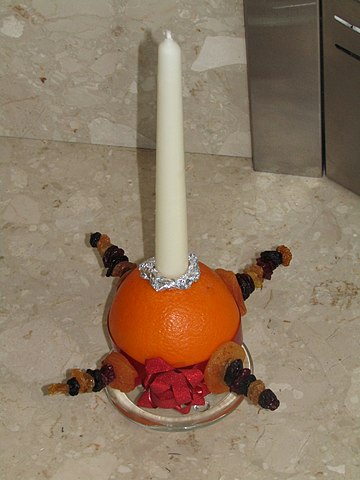Today’s song, continuing the Candlemas theme, is “New light has dawned, the son of God is here” by Paul Wigmore. In terms of Biblical stories of Jesus, the first three verses cover the incarnation, the announcement to the shepherds (but surprisingly not the magi), the presentation to Simeon (meriting its inclusion among hymns for this season) and the later episode where the adolescent Jesus debates theology with the Temple priests in Jerusalem. The common thread is that anyone who encounters Jesus encounters light, whether through a prophetic word or an apparition of angels.
The qualities of the Christ-light are listed here: it is “a holy light no earthly light outshines”, “the light that casts out fear”, “the light that evil dreads and love defines”, “the light of glory”, and quoting Simeon “the light to lighten gentile eyes”. The fourth verse is our response to Christ as we acclaim him “the light who came to us on earth”.
But what does the “light of Christ” mean to us ordinary believers who haven’t met an angel or had an extraordinary gift of prophecy? It’s hard to put into words but here’s the best way I can express it: when Christ is present in my life, there is an optimism to life, a sense that whatever ups and down I experience in physical health or the stresses of work, something or someone is ‘shining down on me’. When I experience this, even if I shut my eyes so that I see no natural light, it is as if I’m still in a well lit room, not a dark one. Does that tally with Wigmore’s description? Fairly well – it certainly casts out fear, or at least anxiety, it can be glorious, and lightens the eyes of this particular gentile. But what about “the light that evil dreads and love defines”?
This light is not something I experience all the time. Most Christians will agree that love for God is like love for your partner in that after the first few years of excitement, the relationship can easily be taken for granted and the spark of love goes out – not that you dislike your partner or Lord or want to disown them, just that the light of love has gone dim. That’s why the last lines of the hymn ask Christ to “renew the faith you gave at our new birth, destroy the dark, and let your light come in”.
I’m attending a ‘quiet day’ tomorrow, usually held in a retreat centre but this time with the devotional talks on Zoom and time away from the computer to reflect at home in between them. I pray Christ will enlighten me again, and pray that for you too.
